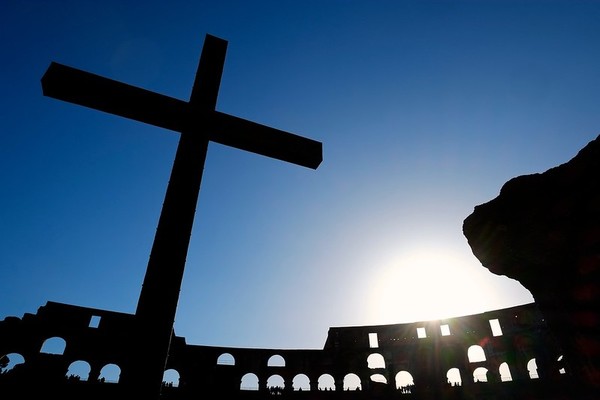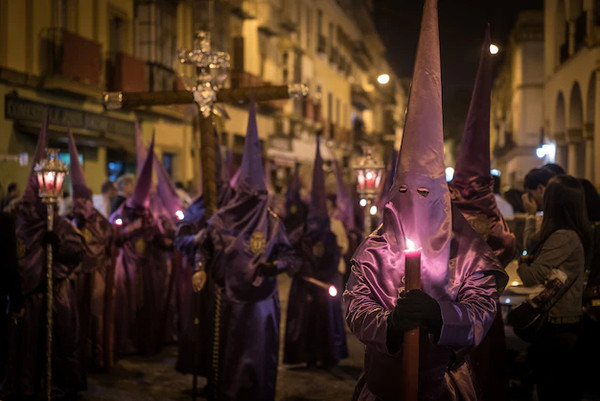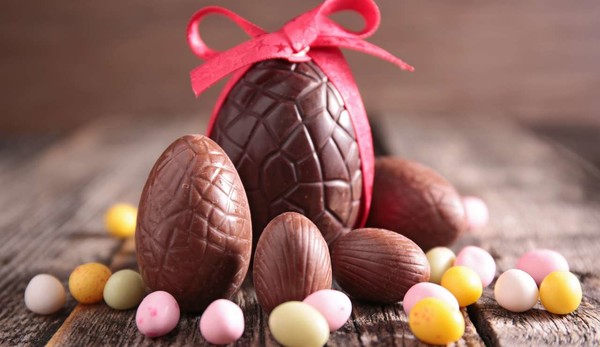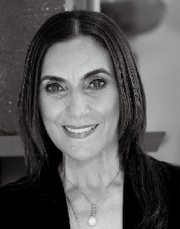Easter in Italy

[아츠앤컬쳐] 부활절은 예수님이 십자가형을 선고받고 죽은 지 3일 후인 일요일에 부활한 것을 기념하는 천주교 명절이자 문화 축제이다. 주로 4월에 이루어지기에 봄과 야외 활동의 시작을 알리는 계기가 된다. 축제는 전주 일요일에 시작하여 부활절 일요일을 지나 월요일에 끝난다. 이 기간을 성주일이라고 부르며, 수백 년의 전통을 자랑하는 민속 축제, 마을 축제, 음악회, 종교 의식, 행렬 등이 이탈리아 전역에서 펼쳐진다. 특히 예수님이 십자가에서 돌아가신 성금요일에 예수의 고난과 죽음 과정을 기리는 행렬, 재현, 연극 등 수많은 종교 의례들이 전국적으로 진행된다. 이날 이탈리아 가정에서는 전통적으로 고기 대신 생선을 먹는다.
부활절 당일인 일요일은 가장 중요한 날이다. 오전에 성당에서 미사를 드린 후에 비둘기 모양 케이크와 계란, 사탕을 서로 나눠 먹는다. 계란은 생명의 부활을 상징하고 다산의 길상이기도 하다. 부활절이 봄의 축제이자 자연이 겨울에서 깨어나는 것을 알
리는 것처럼 계란 또한 이를 상징한다. 이탈리아에서는 온가족이 함께 모여 부활절을 서로 축하하고 풍성한 전통음식으로 점심을 함께 한다. 성주일이 끝나는 월요일에는 라 파스퀘타가 있다. 이날 가족들이 교외로 나가 야외 소풍을 즐김으로써 축제가 모두 끝난다.

부활절을 대표하는 전통 요리로는 각 지역마다 고유의 요리들이 있다. 이중 대표적인 음식은 그리스도의 부활을 상징하는 양고기다. 그 외에 제노바 특산물로 시금치와 달걀이 들어간 고소한 토르타 파스콸리나 파이도 이탈리아인들이 즐기며, 달걀은 샐러드에 곁들인 완숙을 비롯하여 수많은 다양한 요리로 식탁에 오르고, 초콜릿으로 달걀모양을 만들기도 한다. 디저트로는 평화의 상징인 비둘기 모양의 ‘콜롬바’ 케이크가 대표적이다. 그 외에도 유명하고 맛있는 케이크로 나폴리의 파스티에라, 시칠리아의 카사타, 움브리아의 챠라믹콜라가 있다.
관광객들은 각 도시와 마을에서 다양한 전통, 재현 행사들을 체험할 수 있다. 이탈리아 중부-북부에는 달걀을 주인공으로 하는 기념행사들이 있다. 트레도지오의 ‘팔리오 델 우오보’ 축제에는 다양한 놀이, 경기, 민속 마차 퍼레이드가 유명하다. 스코피오델 카로는 부활절에 피렌체 대성당 앞에서 진행되는 십자군 원정 시대의 행사로, 기계로 만든 비둘기가 날아가 불꽃을 품고 있는 마차에 부딪혀 불을 붙이면서 환상적인 불꽃축제가 펼쳐진다. 시칠리아에서는 전통 의식과 복면을 쓰고 거리를 행진하는 풍습이 매우 다채롭다. 칼타니세타의 레알 마에스트란자, 트라파니의 미스터리 행진, 프리치와 아드라노의 행진 등이 있다.
마지막으로 로마 콜로세움에 비아 크루치스(십자가의 길) 행사가 있다. 성금요일 저녁에 교황이 콜로세움을 출발하여 비너스 신전까지 행렬을 직접 이끈다. 이는 갈보리 산에서 예수님이 겪은 고통을 기리는 의식이다. 이날 콜로세움은 촛불과 횃불로 밝혀지는데, 관람객에게 독특한 경험과 깊은 감동을 선사한다. 행복한 부활절을 기원합니다!
번역 | 전익범 주한이탈리아문화원 문화담당

Easter in Italy
Easter or Pasqua in Italian is a Catholic festivity and cultural holiday commemorating the resurrection of Jesus from death by crucifixion. In Italy, Easter is one of the most important holidays of the year mostly held in April and it also marks the beginning of the spring and outdoor activities.
Easter celebrations begin on the previous Sunday and end on the Monday following Easter Sunday. During this Holy Week ‘Settimana Santa’, folk festivals, village festivals, concerts, religious ceremonies, and processions that boast a centuries-old tradition are organized in all Italian regions.
In particular Good Friday, commemorating the day of Jesus death on the cross, has inspired from north to south of the country numerous and heartfelt rites that include processions, re-enactments, and staging, which retrace the process, the ordeal and death of Jesus. From this day it derives the tradition for Italian families to consume fish instead of meat on Fridays.

Sunday is the most important day of the week: after morning religious service, eggs and sweets in the shape of a dove are distributed. The egg, a symbol of life that is renewed and an auspice of fertility, is connected to the meaning of Easter as the feast of spring and the awakening of nature. On this day, families gather to celebrate Easter day and have together a rich lunch based on traditional dishes. To finish off the holidays, there is La Pasquetta, the Monday after Easter Sunday. On this day it is typical for Italian families to go on a trip out of town and have outdoor picnics.
The dish that undoubtedly represents Easter most is the lamb as a symbol of the Resurrection of Christ. Each Italian region has its own traditional Easter dishes, but some are widespread throughout Italy. For example, the Torta Pasqualina, a Genoese specialty, a savory puff pastry pie with spinach and eggs is a classic for all Italians. The eggs dominate the tables in a thousand versions, from hard-boiled ones with salads to chocolate ones, also a symbol of Easter.
For dessert, undoubtedly the Colomba, a symbol of peace, is the dessert that most represents Easter in Italy. As well renowned and delicious desserts are prepared during the festivities, for example in Naples, it is customary to consume a cake called the pastiera, in Sicily the cassata, in Umbria the ciaramicola.
Those who visit Italy are spoiled for choice among the many traditions and costumed representations that can be admired in every city and village. In the center-north, there are Easter celebrations that have the egg as their protagonist: the Festival and the Palio dell’uovo in Tredozio with games, battles and parades of allegorical chariots. The dove is instead the protagonist of the famous celebration of the Explosion of the Cart in Florence, which dates to the times of the crusades. On Easter Sunday, a mechanical dove hits a wagon in front of the Florence Cathedral, thus lighting the fireworks contained in the wagon.
Sicily is rich of ancient local rites and customs where masked characters parade through the streets of the cities. Among the most evocative there are the Real maestranza in Caltanissetta, the procession of the Mysteries in Trapani and the celebrations in Prizzi and Adrano.
Finally, and not to be missed in Rome, the evocative Via Crucis in the Colosseum. On the evening of Good Friday, you can admire Via Crucis ceremony, where the Pope himself leads an impressive procession that starts from the Colosseum and arrives at the Temple of Venus, in memory of the path made by Jesus on Mount Calvary. For the occasion, the Colosseum lit with candles and torches, gives a truly unique experience and an emotional intensity to the visitors.
I wish Happy Easter to all Korean people!

글 | 미켈라 린다 마그리 Michela Linda Magrì
Director at the Italian Cultural Institute in Seoul
Cultural Attachè of the Embassy of Italy in Korea

